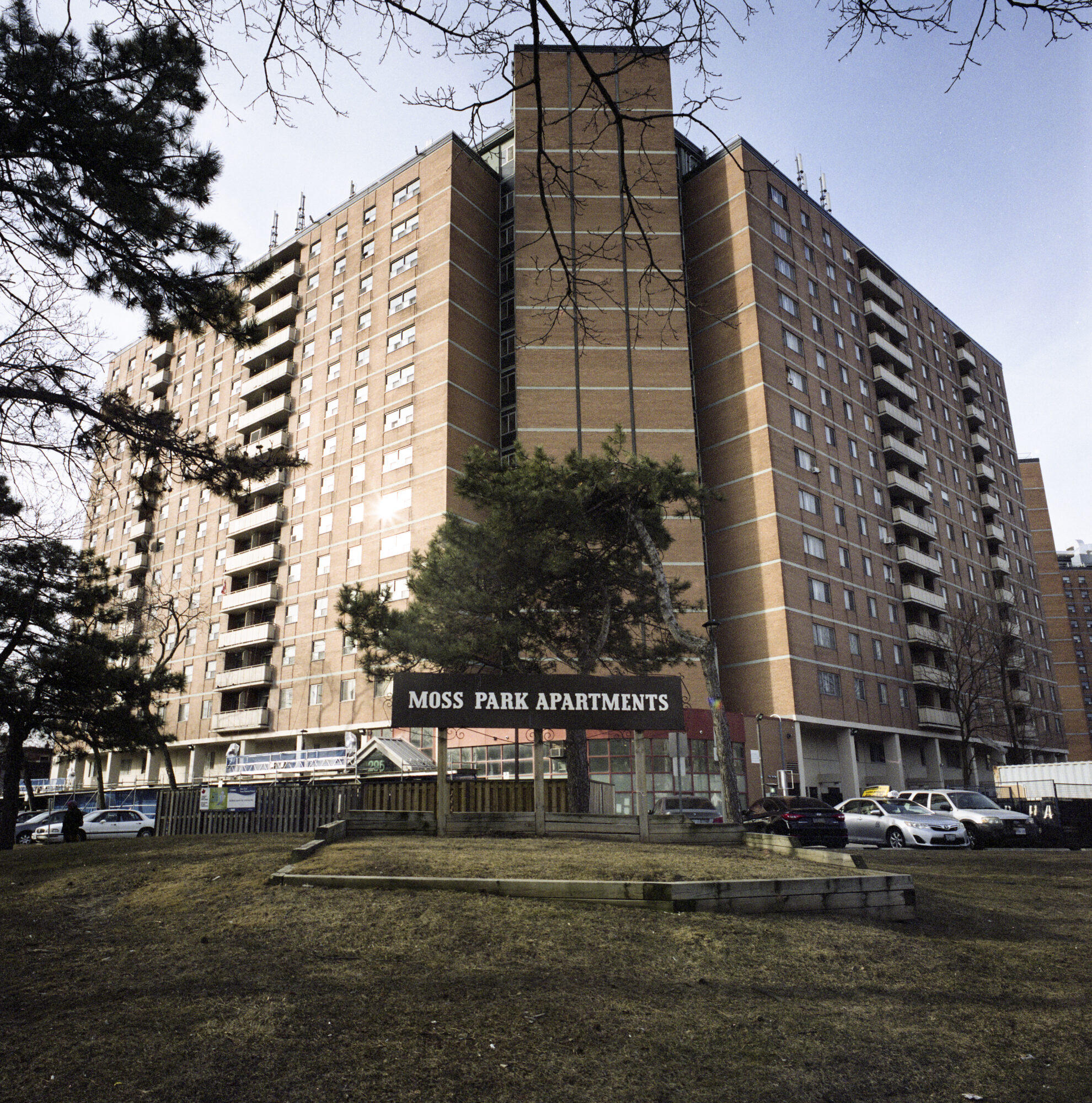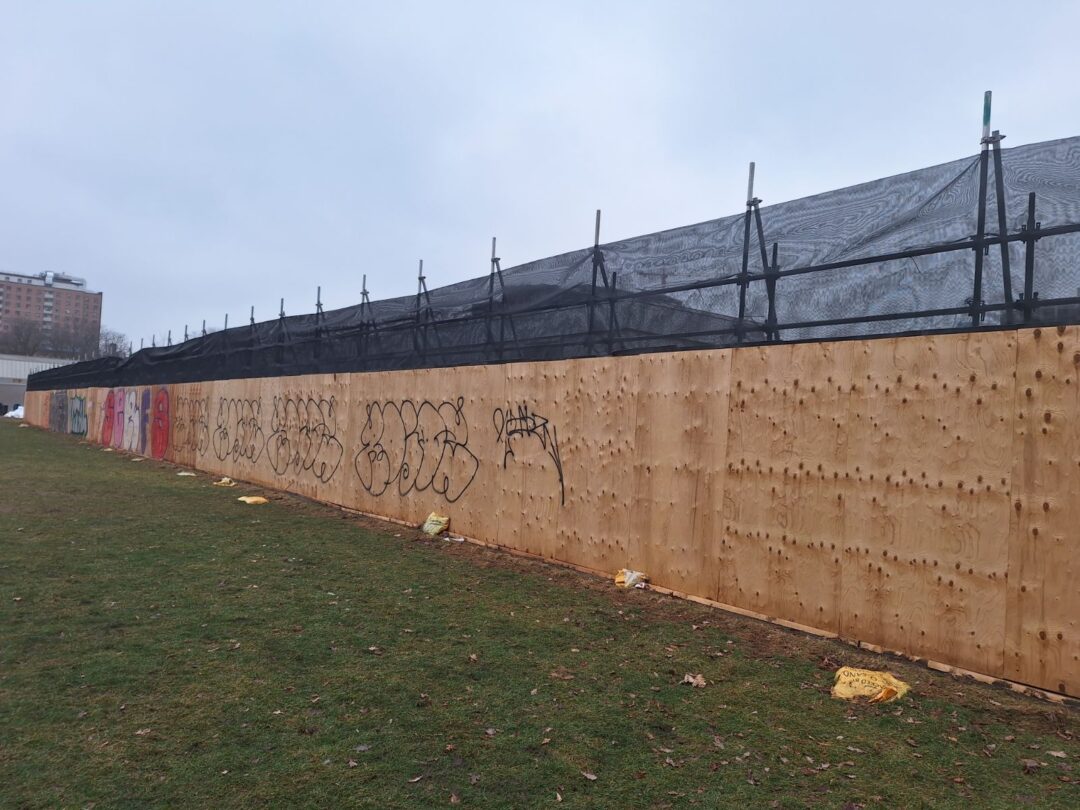David Roberts –
Massive changes are coming to the Moss Park neighbourhood, with an Ontario Line station being built in the park, as well as a planned revitalization of the park and the recreation centre. On top of these significant public investments, a significant influx of private real estate investment will transform the neighbourhood’s built form and demographics.
Many of us who live in or care about the neighbourhood are asking how all these changes will affect those who currently call Moss Park home.
Moss Park differs from many of the surrounding neighbourhoods. It has a poverty rate of 30 per cent, 11 points higher than the Toronto average, according to the 2021 census. It hosts a wide variety of social service organizations that address poverty, precarious housing and addiction, among other needs.
Historically, the neighbourhood has suffered under-investment in community infrastructure. As a consequence, it offers an opportunity to secure housing that is a bit more affordable than in other Toronto neighbourhoods – especially in the downtown core.
While challenges in the neighbourhood cannot be discounted and need to be addressed, current plans mainly focus on superficial issues while failing to address the deeper, longer-term, factors that contribute to higher rates of poverty, homelessness, addiction and acute mental health problems. While the neighbourhood could clearly use a revitalized park, a modern recreation centre and better access to the subway system, these do not in themselves address these problems.
An underlying – and sometimes spoken – hope is that the new public and private infrastructure will usher in new residents and perhaps displace those deemed to be problematic. In other words, our new subway station, park, and recreation centre – and certainly the proposed luxury condominiums with scant provisions for affordable housing – seem designed for a fundamentally different population mix.
What happens to those displaced due to increasing rents, the potential loss of social services, and the gentrification of the retail landscape? Not to mention potentially increased policing that may make the neighbourhood feel more hostile to poor people.
While the Moss Park neighbourhood is changing rapidly, I believe there is still a window to do more to leverage the public and private investment for social development – the type that does not presuppose displacement of the most vulnerable community members. Given the amount of taxpayer dollars going into the Ontario Line (potentially $19 billion) and Moss Park revitalization, this makes sense.
Existing examples of this type of visioning include the Parkdale Community Benefits Framework, a similar one in the Golden Mile and the Regent Park Social Development Plan. These plans link urban change and economic development to neighbourhood social development.
A social development plan for the Moss Park neighbourhood must reflect elements that are unique to the neighbourhood, its history, contemporary land uses and demographics. The Moss Park Coalition is a group of neighbourhood residents and others who have been advocating for and working to develop such a proposal – while advocating for the inclusion of neighbourhood residents and their concerns in planning.
We are always looking for new members, ideas, and energy. Join us! For more info:
David Roberts is an associate professor and the Director of the Urban Studies Program at the University of Toronto. He is committed to imagining and helping realize more liveable, sustainable, and just urban futures. He lives in the Moss Park neighbourhood and is a member of the Moss Park Coalition.




